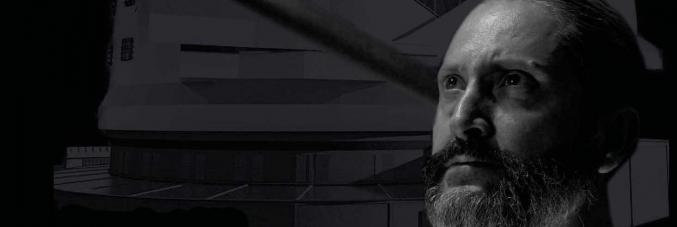
The Legacy of Galileo and the Extremely Large Telescope
24.03.2025
On the evening of Wednesday, April 2, the Sala dei Giganti at Palazzo Liviano will host the conference-show "The Legacy of Galileo and the Extremely Large Telescope," a journey through four centuries of astronomical discoveries, led by astrophysicist Ferdinando Patat, director of the observation programs office at the European Southern Observatory (ESO).
The event, organized by the National Institute for Astrophysics, is open to the public and is part of the conference "An Extraordinary Journey Into The Transient Sky: from restless progenitor stars to explosive multi-messenger signals," which from April 1 to 4 brings national and international experts to Padua to discuss the latest research on supernovae and other astronomical transients.
In addition to coordinating the selection of scientific projects and the allocation of observation time on the Very Large Telescope, Patat studies supernovae in the local Universe, analyzing the nature of the stars that generate them and the processes that lead to their explosion.
"In November 1609, from the rooftops of Padua, Galileo pointed his telescope towards the sky, forever changing our vision of the Universe," explains Patat. "During the meeting, we will retrace those revolutionary moments, exploring their scientific and philosophical significance. The telescope, which Johannes Kepler described as 'more powerful than a scepter,' is the focus of this adventure that stretches from Galileo's first observations to the Extremely Large Telescope, the extraordinary European structure under construction in the Chilean Andes."
During the evening, the ESO project and the role that the Extremely Large Telescope will play in astronomical research, expanding the frontiers of knowledge, will be illustrated. There will also be discussion of an even more ambitious initiative: the design of a revolutionary instrument to be installed on the Moon for the study of gravitational waves, one of the most fascinating challenges of modern astrophysics.
Admission is free and without reservation, subject to availability.



